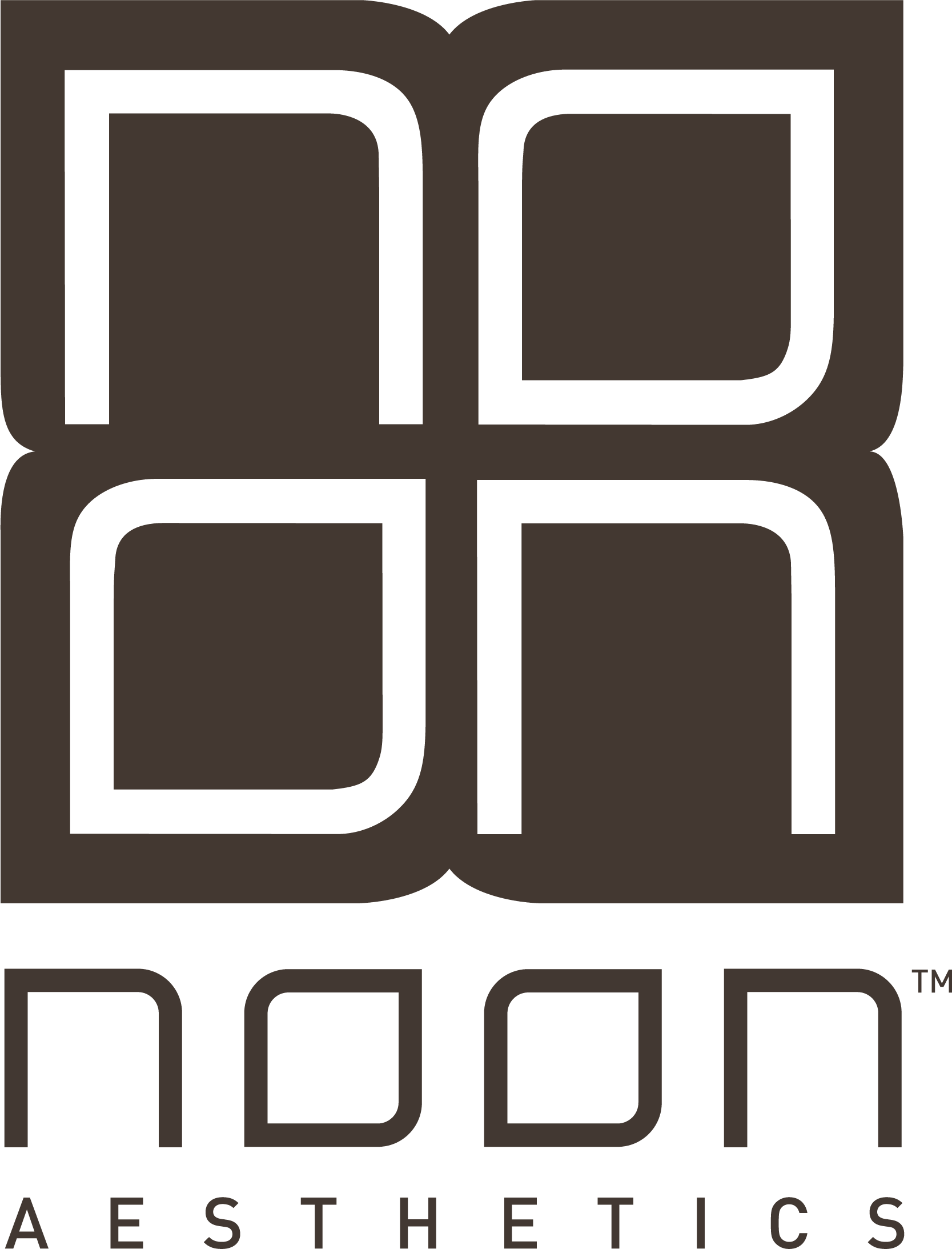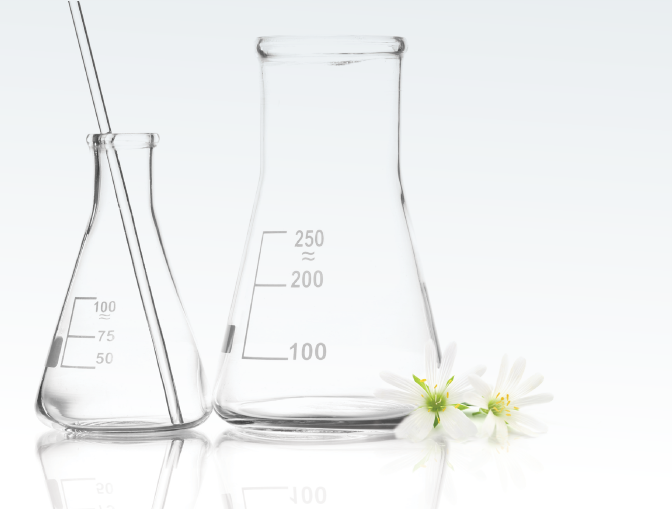There is no “one-hit wonder” product that can target all inflammatory skin stresses – but, there is one amazing product that does come quite close. Azelaic acid is a natural, efficient remedy for acne, rosacea and hyperpigmentation.
This acid is naturally occurring and derived from grains like barley, wheat, and rye. It is gentle on the skin, does not cause photosensitivity and toxicity, and is safe to use. When used in skincare products, the acid is modified and engineered in a lab to maintain its effectiveness and stability in skincare products. It is a tricky ingredient to formulate properly, which is why it is difficult to find azelaic acid products in concentrations of less than 10%.
Applied topically, it acts as an exfoliant that cleanses the skin’s surface from bacteria hidden deep within your pores. It reduces bumps and discoloration and provides several antioxidant benefits that will get your skin looking radiant.
It’s antimicrobial and anti-inflammatory properties help prevent future outbreaks. This makes it ideal for treating skin conditions like acne and rosacea.
The Science
The acid regulates the Thioredoxin reductase enzyme, while simultaneously inhibiting the Tyrosinase enzyme. These are involved in melanin production; and with the effect of azelaic acid the melanocytes fade. Something that makes this acid so effective is that it does not affect healthy skin cells- it only affects highly pigmented melanocytes or abnormal ones.
Hyperpigmentation comes as two main types. The first, is due to an increase in the number of melanocytes; therefore producing higher amounts of melanin (ie; Netigo). The second is associated with the same number of melanocytes that produce higher than normal amounts of melanin (ie; Melasma).
Azalea acid works well in addressing the pigmentation caused by abnormally functioning melanocytes. It is particularly efficient with cases of melasma, colasema, and pigmentation after inflammation that develops from acne, herpes zoster, burns (including mechanical and chemical burns), and skin damage.
When it comes to treating chloasma, Azalide acid (20%) efficiency is similar to hydroquinone solution (4-5%). The acid though does not dehydrate healthy skin and will not result in the development of an injury after prolonged use, unlike hydroquinone. Treatment of hypercoagulation with azalea acid can take lengthier periods of time but can be used indefinitely.
For efficient hyperpigmentation treatment, azalea acid should ideally be combined with 10% magnesium ascorbyl acid, which is a stable form of vitamin C. Lower concentrations of vitamin C are often used as an antioxidant, and for bleaching to occur, a 10% concentration is required. Incorporating glycol, tretinoin (retinoic acid), and lactic acid in the treatment protocol are also recommended.
Treating Acne
Treating acne with azelaic acid requires 6 properties: anti-bacterial, anti-inflammatory, keratolytic and comedolytic, prevents the development of hyperpigmentation, antiandrogenic effect, and lowers the content of fatty acids in the skin.
Generally, over the past two decades, Skinoren 20% (azelaic acid and hydrocortisone) has been frequently used for the treatment of mild to moderate comedones and lesions. Azelaic acid with high concentration has also been shown to be useful in treating Propionibacterium acnes and Staphylococcus epidermis. Azelaic acid prevents Staphylococcus aureus growth, and its efficiency to do so increases in acidic conditions.
In a study, azelaic acid use for three months led to a remission in 64% of acne patients. If treatment continues for six months, efficacy is shown to be comparable to the antibiotic, Benzoyl peroxide and tretinoin (retinoic acid), as well as tetracycline in daily doses of 0.5-1 g/g.
It is important to note that the use of azalea is not recommended for treating dark skin as there is an increased risk of post-inflammatory pigmentation development.
Treating Rosacea
Azelaic acid has been shown to be comparable to the general treatments used against rosacea. Since 2022, the FDA approved the drug “Finacea” for use in the United States and many studies have been conducted about its effectiveness. One study noted that the relative efficacy of a 15-week treatment with azalea acid was more efficient in treating inflammatory response but less effective in treating erythema. Study participants, however, expressed greater satisfaction with the effects of azelaic acid.
Other Effects
Aside from the above noted, among azelaic acid’s many properties is its usefulness for neutralizing and preventing oxidative damage from active oxygen specific, including superoxide anion radical (-2) and hydroxyl radical (-OH). There has also been evidence of azalea’s antiviral and antifungal effects.

